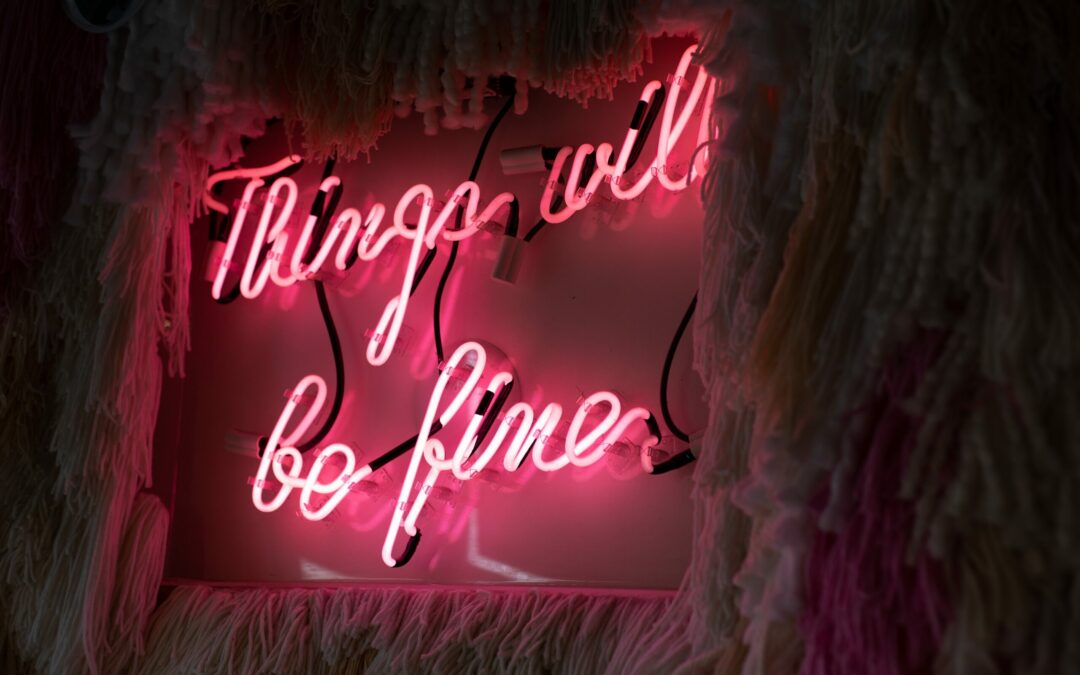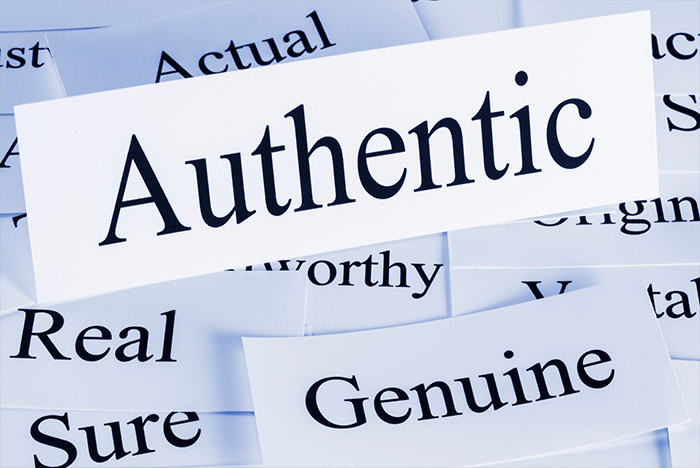
by Jason Lauritsen | Feb 12, 2021 | Burnout, Wellbeing, Wellness
If you’re a regular reader of my blog, you were likely along for the ride last summer as I wrote about facing burnout for the first time and working my way through it. Your responses to those posts reminded me how important it is to “show our work” as humans....

by Jason Lauritsen | Nov 20, 2020 | Change
For those of you who aren’t Game of Thrones fans, this title probably seems silly to you. An observation like this certainly isn’t going to earn me a job as a meteorologist any time soon. But, if you are a GoT fan, you know these three words represent a warning. When...

by Jason Lauritsen | Sep 17, 2020 | Leadership, Value
Last week, I opened the weekly email from a thought leader I really admire, Marc Effron. Marc is probably best known for writing the genius book, One Page Talent Management. I first crossed paths with Marc in 2006 when we were both speaking at the same event. We were...

by Jason Lauritsen | Aug 28, 2020 | Engagement
I originally wrote this post for my friends at Workhuman. I asked their permission to share it here as well because I thought you might find it valuable. If you’d like to view the original post, you can find it...

by Jason Lauritsen | Aug 25, 2020 | Wellness
I thought I was doing pretty well. When our lives (and my business) got turned upside down in March, I hunkered down. I’ve been through some tough times before, so I knew that I could survive whatever was to come. My wife and I figured out the “school from home” mess...






